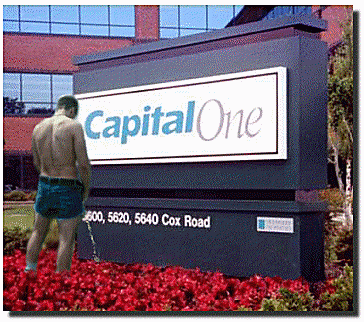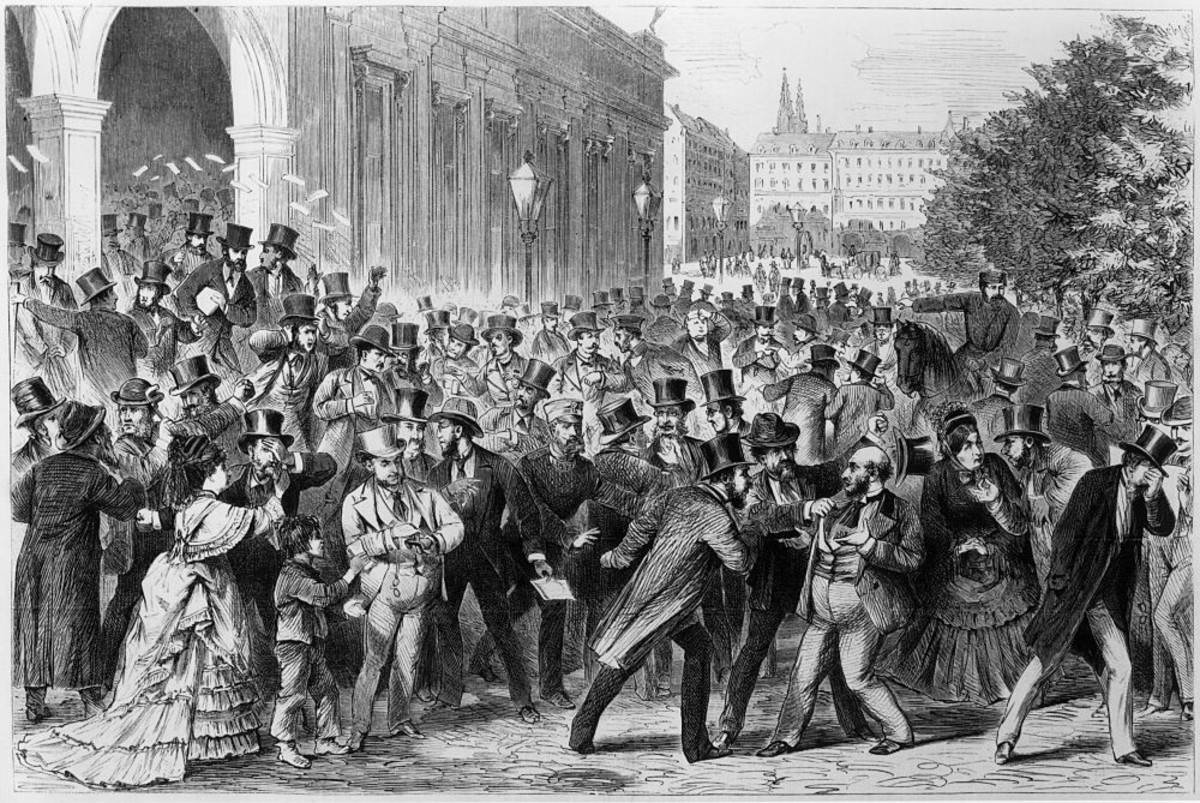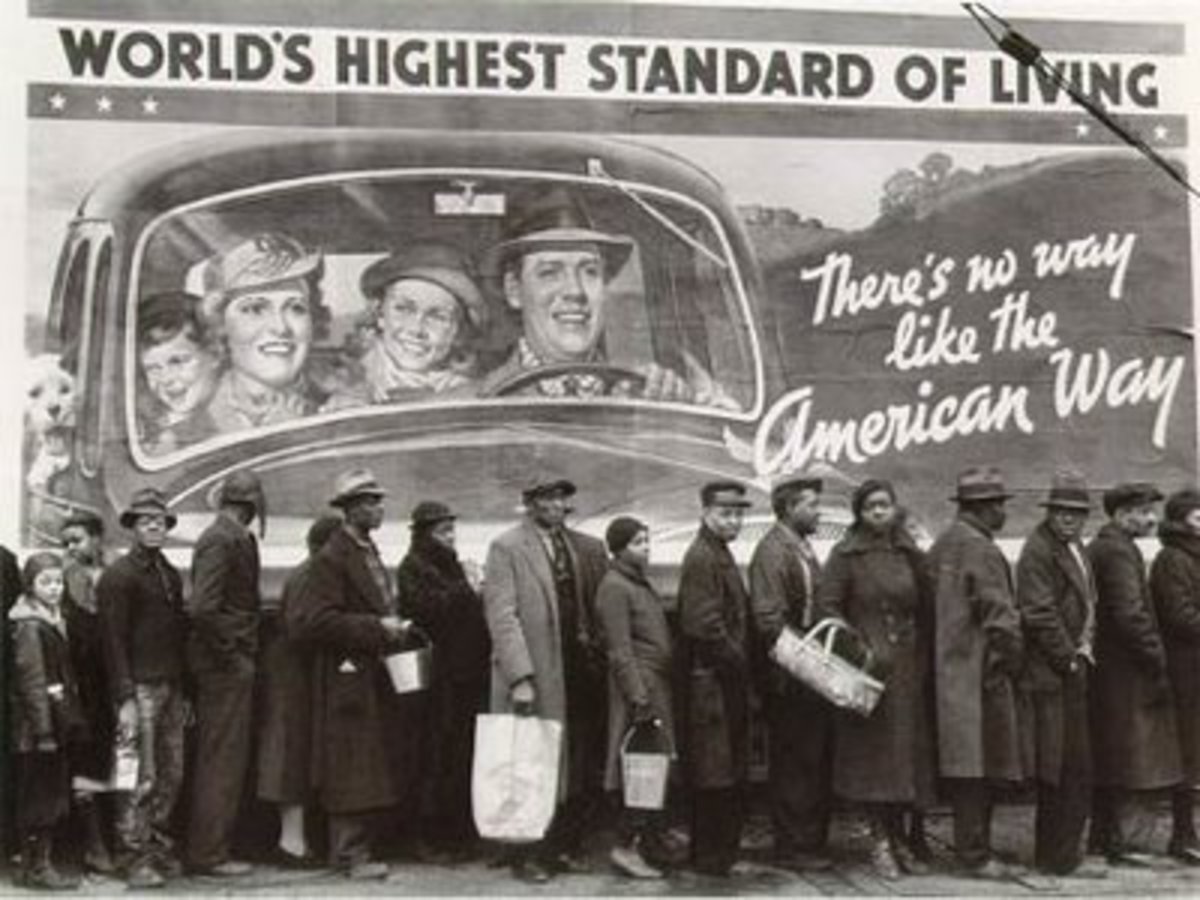Federal Reserve's Overnight Rate

The basis for any loan is the Federal Reserve Index Rate. The Federal Reserve loans money to lenders for lenders to loan to end users/borrowers (you, me, and the "Mom & Pop" shop down the street). Although the Federal Reserve loans money to the bank at an index rate, banks loan to consumers at the Wall Street Journal Prime Interest Rate plus a "spread" based on the perceived riskiness of the borrower.
To arrive at the Wall Street Journal’s Prime Rate, 3% is added to the federal rate to cover the administrative, servicing, and overhead cost of the lender. Lending institutions are applying pressure on the Chairman of the Federal Reserve, Ben Bernanke (who was appointed by George W. Bush in 2006 to a 14 year term that ends in 2020), to keep the federal central bank’s interest rate to lenders low so as to "stimulate the economy" while they, themselves, are "overcharging" consumers (and the banks are reaping huge rewards because of it).
The lobbyists directly employed by the financial industry to whine (yes, the spelling is deliberate), dine, and offer campaign contributions and financial favors to our lawmakers for caudally in their favor, and the Radioheads who are parroting the message to the public through media owned or controlled by the financial industry (either directly or through vast sums of advertising money), are masking the fact that the financial industry is “stealing” the discount being offered by the Federal Reserve that should be offered to the public to stimulate the economy (i.e., keeping more of the consumer's money in their own pocket to pay down past debt or for current purchases).
Under the guise that cracking down on this practice will effectively be a “job killer” by making the banks unstable and hampering their ability to lend, they are NOT telling the truth - which is that the way they currently lend is what is making our economy unstable. What is not being said is that banks WILL continue to lend, regardless - although they will be a lot more selective in the borrowers who will be able to obtain a loan to curb their own risks (which is a bad thing how?).
While maintaining the bloated compensation packages of the CEOs of financial industries, lenders have been sending their bank tellers to the unemployment lines in droves. Most are repeating the same message in that they are paring down their workforce so as to protect the bank from financial risk of insolvency - yet for each $1M in executive compensation, 40 workers who, on average, earn $25,000/year lose their job. Nevermind that those $25,000/year employees are likely to pay more in taxes than the boss (see the author's HubPage article about Capital One and Tax Evasion) or that the boss earns, on average, over 600 times more than the lowest paid worker! It is the bosses' salary that is risking the financial institution's bottom line - not the hundreds of workers turned out to save the bosses' pay - but that is a topic for another Hub (keep checking back, it just might be the next article by this author).
The low rate borrowed from the Federal Reserve is tightening credit standards on mortgage loans due to the longevity of the loan (who wants to buy a 15 or 30 year CD with a low yield?) so that only those with nearly flawless credit are being approved for mortgage loans (which is further deteriorating the value of homes in that owners who are forced to sell are doing so at a huge loss – which spirals into another topic for future discussion). With only "super prime” borrowers benefiting from the current low interest rates for mortgage loans, those who have been squeezed out of the market are finding it easier to gain access to short-term credit (i.e., credit cards and auto loans) at interest rates typically seen during the pre-crisis days (even though the federal rate is low – offering lenders a higher profit margin on the “spread”). This allows lenders to gain a huge advantage in that they are seeing an increased profit margin. To illustrate:
Current Scenario:
0.25% Federal rate
+ 3% overhead cost
3.25% total cost to loan money to borrowers (i.e., the Wall Street Journal's Prime Rate)10% interest rate (for an auto loan for example)
- 3.25% cost of funds to lend to borrowers
6.5% profit margin on extension of credit for duration of loan (5 years for a new auto)
May 2006 Scenario:
5% Federal rate
+ 3% overhead cost
8% total cost to loan money to borrowers (i.e., the 2006 Wall Street Journal's Prime Rate)10% interest rate on auto loans
- 8% cost of funds to lend to borrowers
2% profit margin on extension of credit for duration of loan
While the rate charged to consumers remains the same, the lending institutions are gaining a higher profit margin by loaning money at pre-crisis rates even though the Federal rate has changed by 4.75%. As an illustrative example, a new auto loan for $20,000 with a 60-month repayment (5-year) term, and 0 money down (all things other than interest rates being equal):
Monthly payment calculations are:
10% interest rate (this represents the monthly principal and interest charge)
$424.94 monthly payment6.5% interest rate
$391.32 monthly payment2% interest rate
$350.56 monthly payment0% interest rate (this represents the monthly principal charge)
$333.33 monthly payment
Total cost of loan (profit to lender) are:
10% interest rate (total interest on the loan, regardless of prime rate)
$5,496 profit for lender6.5% interest rate (total profit to lender at current spread)
$3,479 profit for lender2% interest rate (total profit to the lender at pre-crisis spread)
$1,033 profit for lender0% interest rate (total interest on the loan, regardless of prime rate)
$0 profit for lender
The two calculations of significance are the 6.5% and 2% interest margins the lender takes as profit since those calculations are the differences that represent what the borrower is paying the lenders in additional profit for the loan.
Monthly difference in payments
$391.32 monthly payment at 6.5% profit
$350.56 monthly payment at 2% profit
$ 40.76 monthly additional profit lender is taking
Total difference in interest charged
$3,479 total interest profit to lender at 6.5%
$1,033 total interest profit to lender at 2%
$2,446 total additional profit to the lender
Overcharging consumers for lines of credit further depresses a consumer's ability to attain credit for other loan products, such as mortgages. For every $10 in additional monthly debt obligations (loans that must be repaid, including credit card debt and auto loans), a potential homeowner’s purchasing power is decreased by $2,000. For example, the additional $40.76/month debt obligation from above diminishes the purchase ability of a borrower for a mortgage by $8,000 (and by a total of $85,000 when considering the monthly payment as a whole).
If that same consumer has a credit card with an outstanding balance of $5,000 at the average rate of 18%, with a minimum monthly payment of $125, their purchasing power has been further diminished by another $25,000. (Also see author's HubPage on The Hidden Danger of Carrying a Revolving Debt on Variable Rate Credit Cards and The Difference in Minimum Payments for MUST read discussions about credit card debt).
Those two outstanding credit obligations would diminish a consumer's purchase power for a mortgage by $105,000. In today’s market, that’s the difference between a stable neighborhood and one that is a revolving door of foreclosures and depressed home values. There are "good" debts and there are "bad" debts. However, the only way to fix the mortgage crisis is to fix the usury laws at the federal level on the "bad" debts. (See author's article Interstate Commerce of Usury Rates or "Home Rule Advantage" for discussion on usury rates).
Capital One is lobbying our elected representatives for approval to acquire ING Direct to gain its lucrative deposits so as to also acquire HSBC. The acquisitions of these two companies would allow Capital One to gain a larger market share to fund its main business, lending money on "bad debts" to subprime borrowers at high interest rates. Although our economy needs stimulus, that stimulus must come from returning our investment to the lending community by providing loan products that stablize our economy - not pose a risk of further destabilizing an already fragile economy and the sustainability of the financial market.
Allowing this farce to prevail in the name of "stimulus" is just another way that our elected officials are failing this country and our communities. Although lending will never completely go away, this type of lending needs to go the fair way of the do-do bird. Risking the savings of depositors for the bloated bottom line of a tax dodging company and its CEO truly will be a travesty for consumers to look back upon and say, "if only ..."
Do we really need a "Pawnshop in Our Pocket?"
For related topics, please see the author’s other HubPages articles.
___________________________
If you've found this information to be useful, I would appreciate your “like-ing” on Facebook, “Twitter-ing” the link, “+1-ing” on Google, “follow-ing” the writer for spinoff discussions on this topic, and leaving your comments below – most importantly, please click on some advertiser links (as that is what pays for HubPages' website to have provided the forum to distribute this information to you for free). Thank you!
DISCLAIMER: The information on this page is provided by a freelance consumer advocate who has not solicited the opinions of the HubPages directors. HubPages only provides the platform to make this information easily available to users of the internet. The information on this page is the copyrighted intellectual property of Perry Fender and the opinions expressed are solely those of the author.
---------------------------------
SEE www.PerryFender.com for a full list of citations without redactions. Threshold for citations to some sources unwittingly violated HubPages Terms of Service.
[1] http://www.federalreserve.gov/aboutthefed/bios/board/bernanke.htm
[2] http://www.lotpro.com/finance/calculators/loan_comparison/
[3] http://autos.aol.com/calculators/car-loan-calculator/
[4] http://cgi.money.cnn.com/tools/houseafford/houseafford.html
[5] http://perryfender.hubpages.com/hub/Summary-Discussion-Difference-in-Minimum-Payments
[6] http://perryfender.hubpages.com/hub/If-Capital-Ones-acquisition-of-ING-hinges-on-public-benefit-by-all-means-lawmakers-should-say-NO








